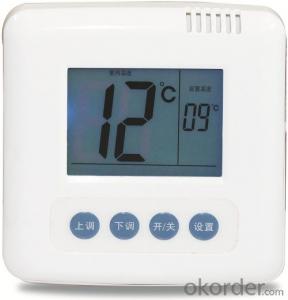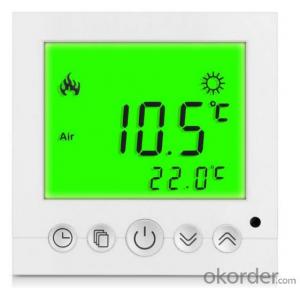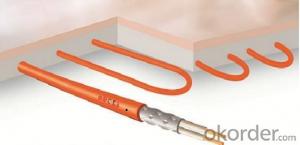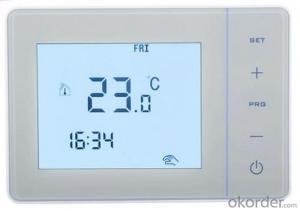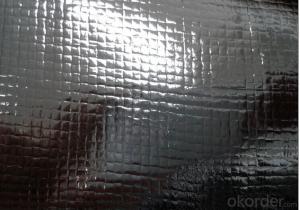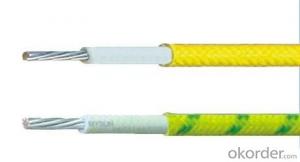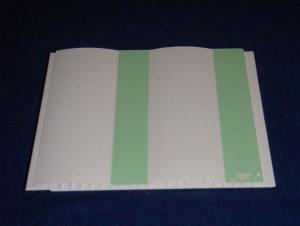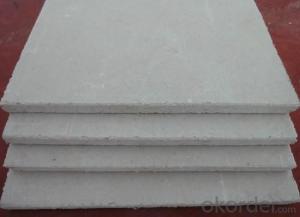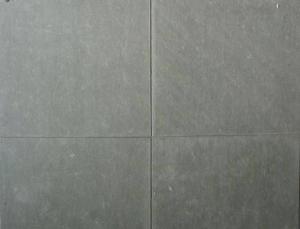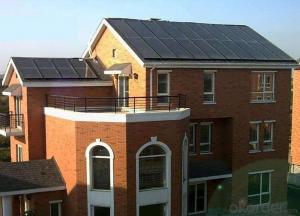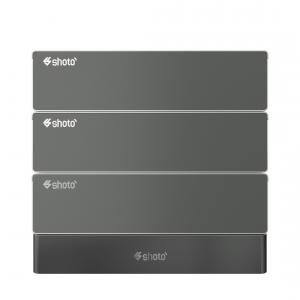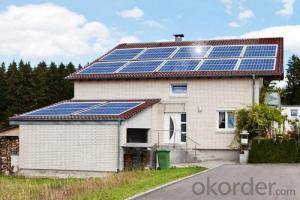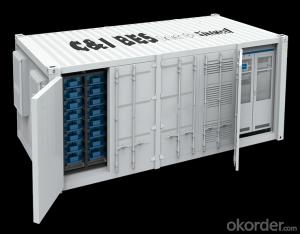Inverter For 5kw Solar System
Inverter For 5kw Solar System Related Searches
Primer For Galvanized Steel H S Code For Stainless Steel Wd 40 For Stainless Steel Spray Paint For Stainless Steel Glue For Stainless Steel Step Bit For Stainless Steel Magnets For Stainless Steel Caulking For Stainless Steel Steel Vessels For Kitchen Best Solar Inverter For HomeHot Searches
Steel Mesh Panels For Sale Price For Stainless Steel Scrap Scrap Price For Stainless Steel Price For Stainless Steel Stainless Steel Plate For Sale Stainless Steel Tank For Sale Stainless Steel Sheets For Sale Cheap High Tea Sets For Sale Stainless Steel Tanks For Sale Stainless Steel For Sale High Density Fiberboard For Sale Solar Hot Water Collectors For Sale Scaffolding For Sale In Uae Scaffolding For Sale In Ireland Scaffolding For Sale In Houston Type Of Inverter For Solar Price Of Shipping Containers For Sale Types Of Inverter For Solar Stock Price For Aluminum Steel Mesh Panels For SaleInverter For 5kw Solar System Supplier & Manufacturer from China
Okorder.com is a professional Inverter For 5kw Solar System supplier & manufacturer, offers integrated one-stop services including real-time quoting and online cargo tracking. We are funded by CNBM Group, a Fortune 500 enterprise and the largest Inverter For 5kw Solar System firm in China.Hot Products
FAQ
- Yes, a solar energy system can be installed on a library or educational institution. In fact, many libraries and educational institutions have already embraced solar energy as a sustainable and cost-effective solution for their energy needs. Installing a solar energy system on a library or educational institution not only helps reduce electricity costs but also demonstrates a commitment to clean energy and environmental responsibility. Libraries and educational institutions often have large rooftops or open spaces that are ideal for installing solar panels. These panels can be mounted on the roof or on the ground, depending on the available space and structural considerations. Additionally, solar panels can also be integrated into building materials such as windows or walls, allowing for more creative and aesthetically pleasing installations. By installing a solar energy system, libraries and educational institutions can generate their own electricity and reduce their reliance on fossil fuels. This can lead to significant cost savings over time, as solar energy is a renewable resource that does not require ongoing fuel costs. Moreover, excess electricity generated by the solar panels can be fed back into the grid, allowing libraries and educational institutions to contribute to the local energy supply and potentially earn credits or incentives from the government. Furthermore, installing solar panels on libraries and educational institutions can serve as an important educational tool. It provides an opportunity to teach students, staff, and the community about the benefits of renewable energy, energy conservation, and environmental stewardship. Schools and libraries can use the solar energy system as a hands-on learning experience, incorporating it into their curriculum and engaging students in understanding the science, technology, and environmental aspects of solar energy. In conclusion, a solar energy system can be installed on a library or educational institution, offering numerous benefits such as cost savings, environmental sustainability, and educational opportunities. Choosing solar energy aligns with the values of libraries and educational institutions, showcasing their commitment to a cleaner and more sustainable future.
- The average cost of a solar panel system can vary depending on several factors such as the size of the system, location, and quality of equipment. However, on average, a residential solar panel system can cost between $15,000 to $25,000, including installation. It's important to note that there may be additional costs for permits, maintenance, and any necessary upgrades.
- Yes, solar energy systems can be used in areas with limited space. There are various options available such as rooftop solar panels, solar carports, and even solar-powered windows, which can effectively harness solar energy in compact spaces. Additionally, advancements in technology have led to the development of smaller and more efficient solar panels, allowing for installation in areas with limited surface area.
- Yes, solar energy systems can be used to power electronic devices. Solar panels can convert sunlight into electricity, which can then be used to charge and power various electronic devices such as smartphones, laptops, and even larger appliances like refrigerators and air conditioners.
- A solar energy system can indeed be installed in a coastal area, and in fact, coastal areas offer ideal conditions for solar installations due to their ample sunlight and close proximity to the ocean. However, there are certain factors to consider when installing a solar energy system in such areas. Firstly, one must take into account the corrosive nature of the salty air found in coastal regions. Salt can accelerate the deterioration of various components of a solar system, including metal frames, electrical connections, and even the solar panels themselves. To counteract this, it is crucial to use materials that are resistant to corrosion and to regularly clean and maintain the system to prevent any salt buildup. Another consideration is the potential impact of strong winds and storms that are common in coastal areas. Solar panels and mounting structures must be designed and installed in a way that can withstand these extreme weather conditions. Reinforced anchoring and proper installation techniques can help guarantee the stability and durability of the system in areas with high wind speeds. Additionally, it is important to evaluate the potential effects of coastal erosion or flooding on the chosen location for the solar energy system. By carefully selecting the site and elevating it appropriately, the risk of damage from these environmental factors can be minimized. Despite these challenges, it is possible to successfully install and operate a solar energy system in a coastal area with proper planning, design, and maintenance. The advantages of harnessing the abundant sunlight in these regions outweigh the potential difficulties, making solar energy a viable and sustainable choice for coastal communities.
- Yes, solar panels can be installed on facades or windows. There are specially designed solar panels called building-integrated photovoltaics (BIPV) that can be seamlessly integrated into the building's facade or windows, allowing them to generate electricity while also serving as functional architectural elements.
- Solar energy systems can potentially impact the installation of satellite dishes by obstructing the line of sight between the satellite and the dish. This obstruction can cause signal interference or loss, affecting the satellite dish's performance. However, with proper planning and positioning of both the solar panels and the dish, it is possible to minimize any potential conflicts and ensure optimal functioning of both systems.
- A sloped roof is capable of accommodating a solar energy system. Indeed, it is quite customary to install solar panels on such roofs. The efficiency of the system can actually be enhanced by the angle and orientation of the roof. When the solar panels are tilted at the optimal angle, they absorb sunlight more effectively and generate maximum energy output. Furthermore, the incline of the roof aids in self-cleaning as rainwater effortlessly washes away any dirt or debris that might accumulate on the panels. Nevertheless, it is crucial to assess the structural stability of the roof and verify its capacity to bear the weight of the solar panels.

